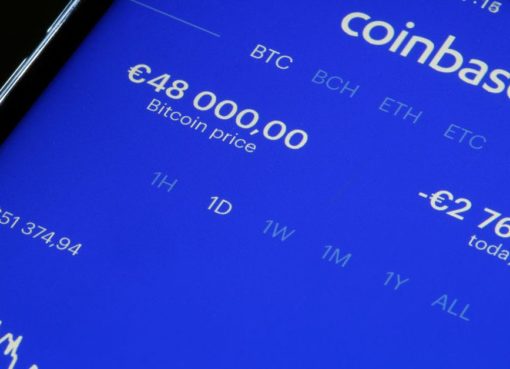The Bank for International Settlements’ (BIS) says stablecoin payment systems should comply with international standards for payment, clearing and settlement.
A new report published Wednesday by the BIS Committee on Payments and Market Infrastructures (CPMI) and the International Organization of Securities Commissions (IOSCO) includes preliminary guidance on how to apply the Principles for Financial Market Infrastructures (PFMI) to stablecoin arrangements.
The CPMI and IOSCO have invited the public to make general comments and answer a set of questions laid out in the document on the clarity of the report. Responses can be emailed to the CPMI (cpmi@bis.org) and IOSCO (consultation-03-2021@iosco.org) Secretariats by Dec. 1.
Financial regulatory agencies around the world are showing increasing interest in regulating stablecoins. The U.S. is working toward creating a federal-level framework for stablecoin issuers. China’s central bank is concerned private stablecoins can throw financial systems out of balance. Last month, the head of the European Central Bank, Christine Lagarde, said stablecoins are not currencies but assets, and should be regulated accordingly.
The published guidance does not aim to create additional standards on stablecoin arrangements which, according to the European Central Bank, are payment systems “insofar as they permit the transfer of value between stablecoin holders.” The guidance applies to systemically important stablecoin arrangements and the regulators who follow BIS recommendations, the report said. Systemically important financial institutions are those whose failure can set off a financial crisis.
The report offers guidance on these types of stablecoin arrangements under four key principles: governance, risk management, settlement finality (the certainty that a transaction has been completed without risk of reversal) and money settlements.
“A stablecoin used by a systemically important [stablecoin arrangement] for money settlements should have little or no credit or liquidity risk,” the report says under the money settlement guidelines.
The report goes on to say that when stablecoin arrangements go about assessing the risk of a stablecoin, it should be noted if the stablecoin provides its holders with a direct legal claim on the issuer as well as “the title to or interest in the underlying reserve assets for timely convertibility at par into other liquid assets.”
A BIS press statement said that each jurisdiction can decide whether to permit stablecoin activity. If it does allow it, and if the arrangement is or has the potential to be systemic, then the PFMI would apply as instructed in the issued guidance, the statement said.
Noting that features and functions of stablecoin arrangements could evolve, some issues in the report could require further clarification and study in the coming years, according to the BIS statement.




